Ceiling Fan Remote Control
₹1,248.00 Original price was: ₹1,248.00.₹1,040.00Current price is: ₹1,040.00.
Understanding Ceiling Fan Remote Controls
Ceiling fan remote controls have become an integral part of modern home comfort, allowing users to operate their ceiling fans with convenience and ease. These devices function primarily through various communication technologies, with the most common being infrared (IR) and radio frequency (RF). The choice of technology impacts the remote’s operation range and how it communicates with the fan. While infrared remotes require a direct line of sight to function, radio frequency remotes can transmit signals through walls and obstacles, providing greater flexibility in usage.
When considering ceiling fan remote controls, it is important to note the different types available in the market. Universal remotes are designed to work with various fan brands, offering convenience for households with multiple fans or those looking to replace a lost remote. Additionally, manufacturer-specific remotes are tailored to specific brands and models, often providing enhanced functionality and features that may not be available in generic versions. Understanding these distinctions helps consumers make informed choices regarding their ceiling fan controls.
In terms of essential components, most ceiling fan remote controls include a few key parts: a transmitter (the remote itself), a receiver installed within the fan, and power sources for both. The transmitter sends commands to the receiver, which interprets the signals and adjusts the fan’s speed, direction, or lighting accordingly. Battery life for these remotes can vary; thus, periodic checks are advisable to ensure uninterrupted operation. Moreover, the integration of advanced technology within some remotes now allows for programmable timers and multiple fan speed settings, contributing to optimal air circulation and energy efficiency.
In conclusion, understanding the basics of ceiling fan remote controls, their communication technologies, and their various types and components empowers users, allowing them to enhance their overall experience with ceiling fans. With the right knowledge, operating a ceiling fan through remote control can significantly improve the comfort of any living space.
Setting Up Your Ceiling Fan Remote Control
Setting up your ceiling fan remote control is a straightforward process that enhances the functionality and convenience of your fan. To begin, ensure that the remote control is compatible with your ceiling fan model. Review the manufacturer’s instructions, as different models may have unique pairing methods. If you are installing a new ceiling fan, you will first need to connect it according to the provided guidelines, ensuring all connections are secure.
To pair the remote control with your ceiling fan, start by locating the receiver inside the fan’s canopy. This device is usually situated near the fan’s wiring. With the fan turned off, press the “learn” button on the receiver. Within seconds, turn on the power to the fan. A signal light will typically blink, indicating that the remote is now in pairing mode. Next, press any button on the remote control; if successfully paired, the fan will respond by turning on or changing speed settings.
If you encounter issues during the setup, check that your batteries are correctly installed in the remote. Common setup problems include the remote not responding or persistent blinking of the signal light. In such cases, reattempt the pairing process by ensuring you follow the steps correctly. If pairing still fails, consult the FAQ section in your fan’s manual for troubleshooting tips.
When replacing a lost remote, you may require a compatible remote from the same manufacturer. Follow the pairing procedure described above. It’s important to maintain a clear line of sight between the remote and fan for effective communication. In cases of excessive interference, such as obstacles or electronic devices, reposition your fan or consider using an alternate method to control your ceiling fan remotely, ensuring a seamless experience in operating your ceiling fan.
Features and Functions of Ceiling Fan Remotes
The advent of remote controls has significantly enhanced the functionality of ceiling fans, making them more user-friendly and versatile. Most ceiling fan remotes come equipped with several features that allow users to control various aspects of their ceiling fans with ease. These remotes typically enable users to adjust the fan speed, often providing options such as low, medium, high, and sometimes even a silent mode for those seeking tranquility.
In addition to fan speed control, many ceiling fan remotes allow for the adjustment of light settings. This feature enables users to turn the lights on or off and, in some cases, adjust the brightness level. Such flexibility is particularly advantageous for creating the desired ambiance in any room, whether for entertaining guests or enjoying a quiet evening at home.
Another essential function of ceiling fan remotes is the ability to reverse the fan’s direction. This feature is particularly beneficial in managing airflow depending on the season. During summer months, the fan can be set to rotate counter-clockwise to create a refreshing breeze, while in winter, a clockwise direction can be utilized to circulate warm air more effectively. This versatility contributes not only to comfort but also to energy efficiency.
Advanced ceiling fan remote models may offer additional functions such as built-in timers. This allows users to set the fan to operate for a specific period, providing convenience and energy savings. Furthermore, many modern remotes are compatible with smart home systems, enabling users to integrate their ceiling fan functions with other smart devices. This advancement means that users can control their fan settings via voice commands or smartphone applications, further enhancing the ease of use.
Troubleshooting Common Issues with Ceiling Fan Remotes
Ceiling fan remotes have become an essential convenience in modern households, yet users may occasionally encounter issues that impede their functionality. Common problems include the remote failing to work, erratic behavior, or interference from other electronic devices. Understanding how to troubleshoot these issues can significantly enhance your experience with your ceiling fan.
One of the most frequent concerns is when the remote control stops operating altogether. This can often be attributed to depleted batteries. It is advisable to replace the batteries with fresh ones and confirm that they are inserted in the correct orientation. If this does not resolve the problem, examine the ceiling fan receiver for any signs of damage or loose connections. Ensuring that the receiver is properly wired can often remedy functionality issues.
In some cases, users may experience unexpected changes in functionality, such as the fan responding incorrectly to commands. This can occur when there is interference from other remotes or wireless signals. To isolate the problem, try changing the location of the fan remote or moving other devices away from the vicinity of the fan to reduce interference. Resetting the ceiling fan’s receiver by turning off the power for a few minutes can also help restore normal operation.
Regular maintenance can further prevent future complications. Dust accumulation on the fan or remote control can cause performance problems. It is important to clean your ceiling fan routinely and ensure that the remote is kept in a clean, dry place. If you find that the remote continues to malfunction despite troubleshooting efforts, considering a replacement may be the most effective solution. Replacement remotes are widely available and can restore the functionality and convenience of your ceiling fan.
Upgrading to Smart Ceiling Fan Systems
As homeowners seek to enhance convenience and efficiency in their living spaces, upgrading to smart ceiling fan systems offers a viable solution. Traditional ceiling fans often rely on remote controls or wall switches, which may lack the flexibility and versatility that smart technology provides. With the introduction of smart ceiling fans, users can seamlessly integrate these devices into their home automation systems, allowing for remote control via smartphones or voice commands through smart assistants.
Smart ceiling fans deliver numerous advantages over their traditional counterparts. One of the primary benefits is the ability to control fan settings from anywhere in the house, or even when away. This control extends beyond mere on/off functionality; users can adjust fan speed, rotation direction, and lighting, maximizing comfort and energy efficiency. Moreover, many smart fans come equipped with sensors that can detect temperature and humidity, adjusting their operation automatically to maintain ideal indoor conditions.
When considering upgrading to a smart ceiling fan, it is essential to evaluate the various models available on the market. Some fans integrate seamlessly with existing smart home systems, such as Google Home or Amazon Alexa, while others may require additional hubs or devices for connectivity. Options range from budget-friendly models to high-end designs equipped with advanced features. Investigating compatibility with existing home automation solutions is crucial in choosing the right fan.
The installation process of a smart ceiling fan can vary, but many models offer straightforward setups that homeowners can accomplish without professional help. Clear instructions and user-friendly applications usually accompany these devices, facilitating an effortless transition from traditional to smart technology. By opting for a smart ceiling fan system, homeowners not only embrace modern technology but also enhance the overall functionality of their living spaces, creating a more comfortable and connected home environment.
| Ceiling Fan Brand Name | aco, ACTIVA, Aervinten, AGE, AIRDEC, AIRELEC, Airhill, AKSHARA FAN, Almo, ALVIS, AMJ, Anchor By Panasonic, Aparna, Astra, Athots, Atomberg, ATUL, BAJAJ, befunky, BERLIA STEELS PVT LTD, Bevel, Bison, Blue Me, blue sun, BlueBerry's, Brighty, Candes, CG, Chief Marshal, cojo, Cosas, Cospex, Crompton, dakshrup, DAWAR, DIGISMART, DRUMSTONE, DV NOVAKING, EAGLE, ecotejas, Elevea, Elixxeton US, Emflux, Enamic UK, Engarc, Eskon, Eurostar, EVEREST, fest forever, Flipkart SmartBuy, FOUR STAR, GESTOR, GM, good choice, GRANTON, Halcyon, HANEUL, HANS LIGHTINGS, HARMAN INDUSTRIES, HAVELLS, HAWAFANS, Herrricane, Hi Choice, Hindware, IMPEX, Indigo, INNO ONE, Kanishka, Kenstar, kenvi us, Khaitan, Kimatsu, KOI, KUHL, KWW, kysa, Lalson's, Lazer, LionBolt, Longway, LONGWINGS, LUKER, LUMINOUS, Luton, luxer, MAKE LIFE BETTER, MARC, Max Speed, Maxotech, MAYA, MinMAX, MODI, Mokshi, Moonstruck, MOVIE STARS, NAVDEVI, Nex, oceco, OMEGA'S, OMEN, oremate+, oreole, Orient Electric, ORPAT, Orzinpro, OSTN, ottomate, Panasonic, Paras Green, Polar, Polycab, PROLIFE, QUALX, Raptas, RediGo, Relaxo, Revolta, Rhobos, RPM, RPM Airtech, Sameer, Sampri, Sansui, SATYA SUNDER, saveguard, SHATAK, SHIFY, silver king, Singer, sm luxury, Smuf, STANDARD, STAR JIVA, Stardom, STARSHINE, Summercool, SUMMERKING, Sun Flame, Sunflame, SUNGOLD, suniore, Superfan, SURYA, Sword, TechKing, THERMO KING, THERMOCOOL, TIFOZ, ULTICA, UltinoPro, UNIFAN, Urja Enterprise, USHA, V-Guard, vandana, ventum, Venus, VG, Vilaxo, vindian, VISRA, Voltcare, VRS, Willett, Xpert, ZENTAX, zigma, ZORIX, Zunpulse, ZunVolt |
|---|
Only logged in customers who have purchased this product may leave a review.
Related products
-
Ceiling Fan Parts
Ceiling Fan Mounting Bracket/Hook
Rated 0 out of 5₹312.00Original price was: ₹312.00.₹260.00Current price is: ₹260.00. Select options This product has multiple variants. The options may be chosen on the product page -
Ceiling Fan Parts
Ceiling Fan Capacitor
Rated 0 out of 5₹234.00Original price was: ₹234.00.₹195.00Current price is: ₹195.00. Select options This product has multiple variants. The options may be chosen on the product page -
Ceiling Fan Parts
Ceiling Fan Motor
₹1,560.00 – ₹2,160.00 Select options This product has multiple variants. The options may be chosen on the product pageRated 0 out of 5 -
Ceiling Fan Parts
Ceiling Fan Blades
Rated 0 out of 5₹936.00Original price was: ₹936.00.₹780.00Current price is: ₹780.00. Select options This product has multiple variants. The options may be chosen on the product page

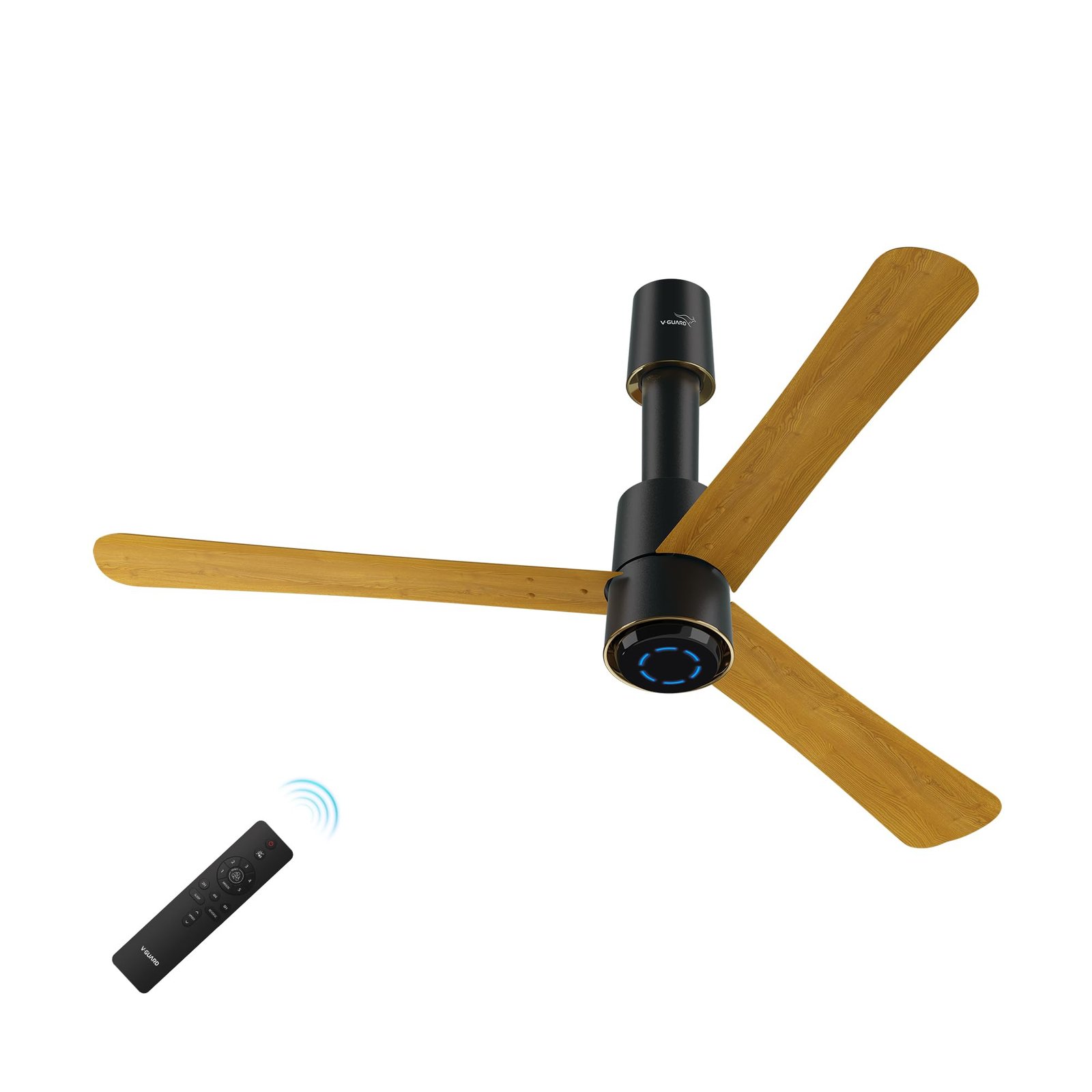
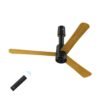
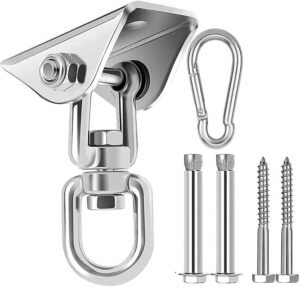
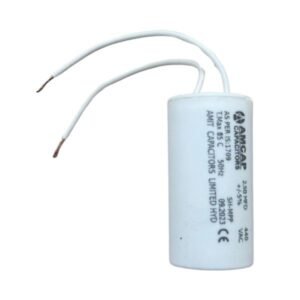
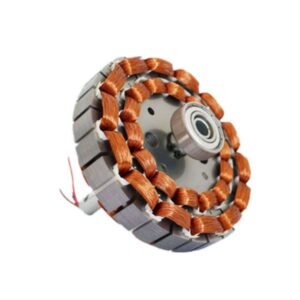

Reviews
There are no reviews yet.